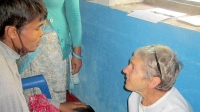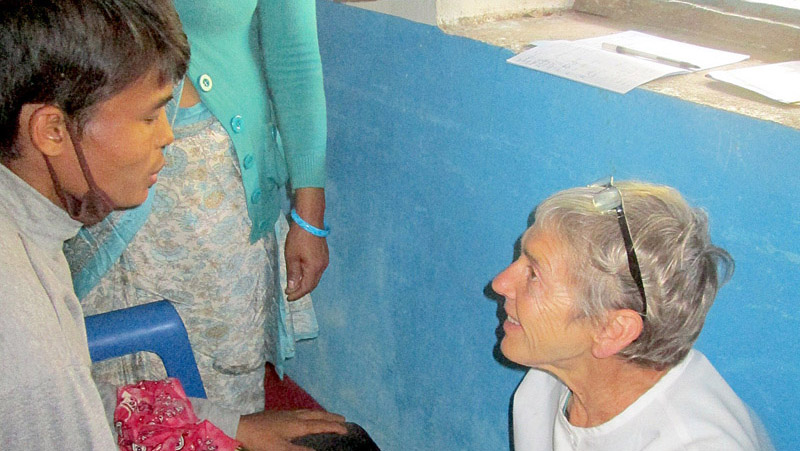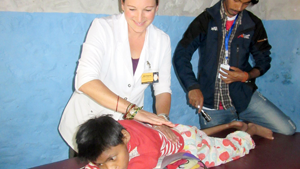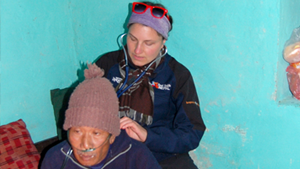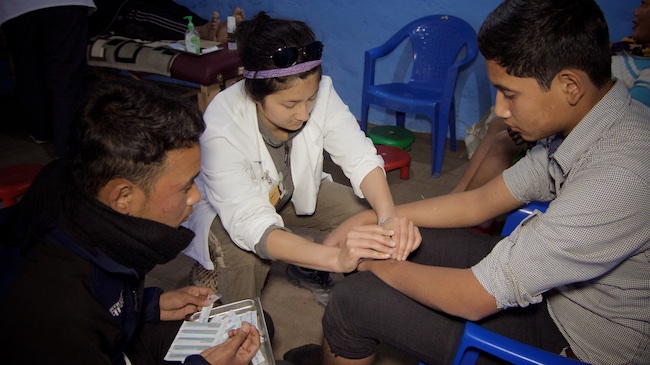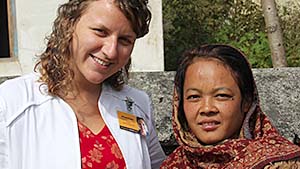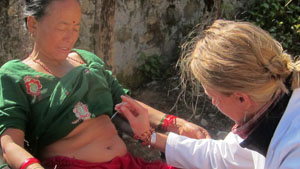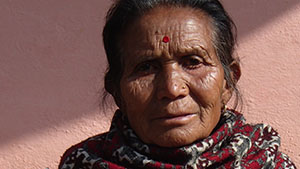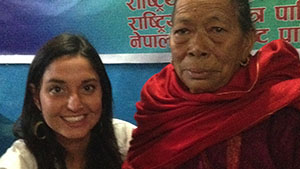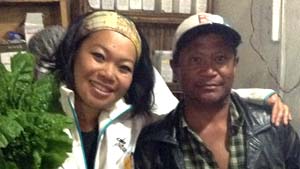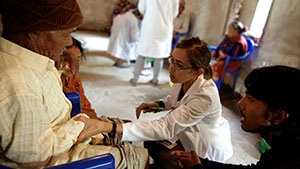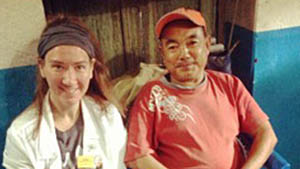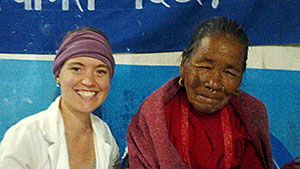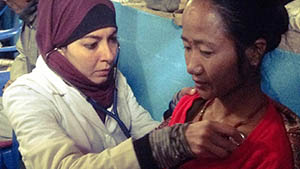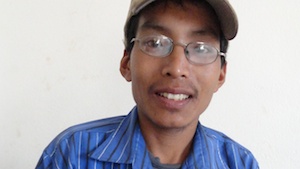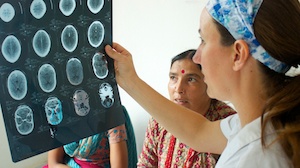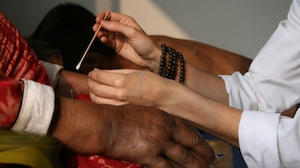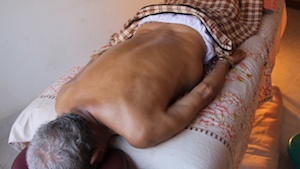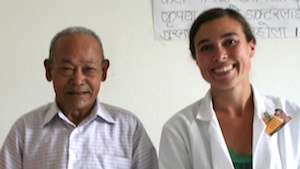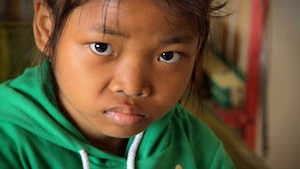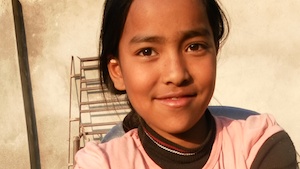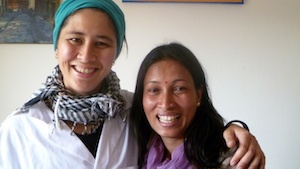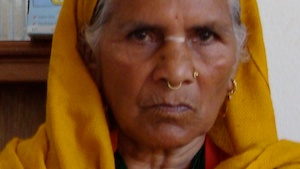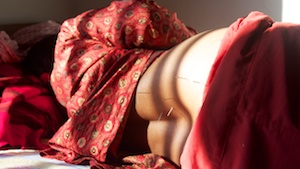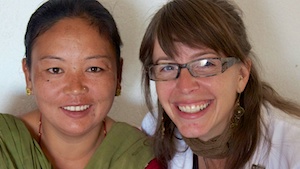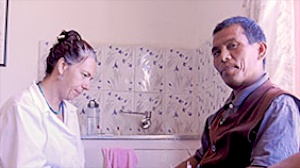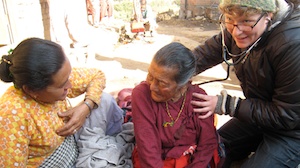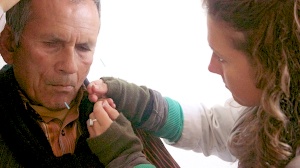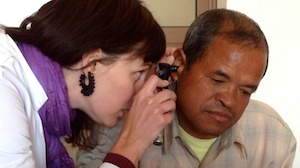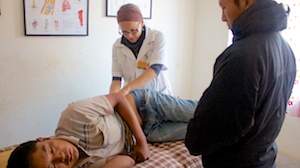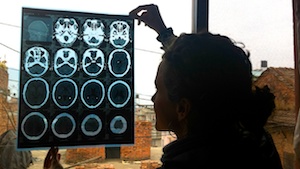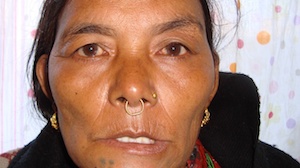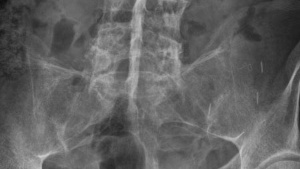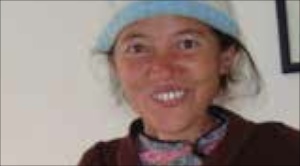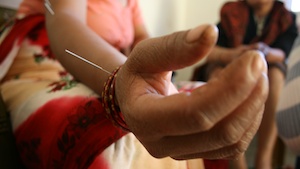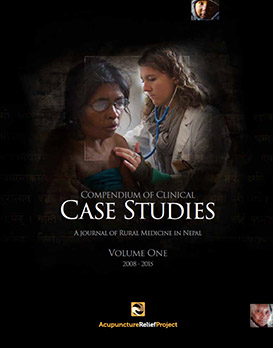Jeanne Mare Werle MAcOM LAc
November 2012
OVERVIEW
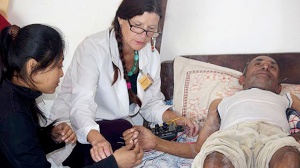 50-year-old male presents with post-stroke sequelae symptoms manifesting as severe right-sided paralysis. After 10 treatments starting in September 2012, the patient exhibited improvement in his condition and fair measurable progress.
50-year-old male presents with post-stroke sequelae symptoms manifesting as severe right-sided paralysis. After 10 treatments starting in September 2012, the patient exhibited improvement in his condition and fair measurable progress.
Subjective
The patient had a stroke in November 2011. He received medical attention 24 hours later at the hospital and was treated with western medical pharmaceuticals unknown to the patient. He stayed in the hospital for 9 days. While at the hospital, he learned of an acupuncture program in Kathmandu. He began getting treatments there 14 days after he left the hospital. He doesn’t remember exactly how many sessions he had. Perhaps about 7. He came to the Vajra Varahi Clinic in March 2012. Prior to my attending him, he had 15 treatments at the clinic. Current symptoms are paralysis of the right side of body, numbness in the hand and foot, inability to move fingers or toes, numbness of his lips (right side) and tongue, difficulty walking, an unsteady gait, the sensation of weakness in the right knee and ankle, stiffness in the shoulder, elbow, wrist, hip and knee joints, general fatigue and heavy sensation in the body. The patient is worse in cold weather, fatigue and when hungry. The quality of sensation that the patient experiences in his body is heavy, achy, tingling and weakness. The severity of the condition and the impact on his life is immense due to his inability to work, care for his animals or farm his fields.
The patient reports difficulty in walking due to his toes having no ability to move. This requires the patient to lift his leg straight up and land the foot on the whole sole as opposed to heel-to-toe walking. This gives the patient an unsteady gait that he reports also makes his knee feel like it could give out. The distance the patient walks to the clinic from his home would have taken him 20 minutes prior to the stroke. Currently, it takes him close to an hour.
While in the hospital, the patient received 1 physical therapy session. The patient maintains an exercise routine based on what he learned in PT while at the hospital. He reports that he massages his foot and hand daily. He doesn’t take any western medication or supplements, though he does take Tibetan herbs.
Despite the extent of his symptoms, the patient identifies that he would like to focus on improving his speech, reducing the swelling around his lips on the right side, regaining some use of his right hand and improving his ability to walk and feel more balanced.
Objective
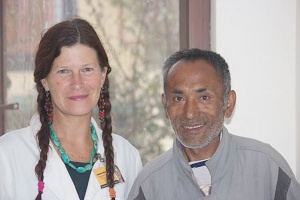
Patient appears to be in good health with a strong spirit and determination to improve. He has spent his life working the land and raising animals. This has taught him patience and endurance.
The patient’s left arm is used to lean on a walking stick as he raises his right leg directly up from his hip and places his foot down on the whole flat of his foot, as if it were one solid block. He is unable to walk in a normal heel-to-toe stride. His right hand is contracted and he holds his entire arm tight against his belly. His face appears symmetrical and bright except for about 10% swelling in the right upper and lower lips.
When seated, the patient uses his left hand to move his right hand into position. The right hand is contracted, however passive stretching of the digits and opening of the palm happens easily and reveals tremendous flexibility. The patient has a medium-strength grip in his right hand, about 50%, compared to the left. He has no ability to extend the fingers or even wiggle or twitch them. After opening the hand, it slowly folds back into a soft contraction within a few seconds.
Sensory testing using light, medium and heavy stroking of the patients affected areas, while the patient has his eyes closed, shows complete response. Hip flexion and extension has normal ROM, however the strength of the hip is reduced by 30%. Hip flexion and extension are occasionally affected by stiffness in the hip joint from the action of lifting the leg to place the foot. Most of the stiffness remains in extension position. Although I do not speak the patient’s language, I can hear that there is very minimal slurring in his words. When the patient leaves the treatment, he lifts his leg off the ground about 2 inches higher than when he came in.
Tongue – swollen, pink, light white coat
Pulse – slightly rapid, superficial and wiry
Assessment
DX: Post-stroke sequelae with paralysis of the right hand, fingers, foot and toes; Overall stiffness, weakness and heaviness
TCM DX: Qi & blood deficiency; KI yang deficiency; Wind & phlegm obstructing the channels and collaterals
PROGNOSIS: The prognosis for a full recovery is poor, however we expect some hand mobility to return and sensation to continue returning to the foot and toe’s. As these functions return, we expect to see less weakness and stiffness in the joints affected by the stress caused by the impairment. The treatment plan will need to be long-term and the patient must remain hopeful and committed.
Initial Plan
Treat with acupuncture 4 times per week for 3 months before reassessing. Focus on strong stimulation with electro-acupuncture crossing affected joints. Use scalp points associated with motor function of upper and lower limbs using hand stimulation of needles.
Typical treatment: Left: Dr. Zhu motor points for upper and lower limbs with deep insertion and heavy stimulation. Dr Zhu speech points on scalp.
Right lower: Ba Feng, KI1, LV3, GB41, KI3, SP3, SP6, ST41, GB39, ST36, GB34, KI10, He Ding, Xiyan/Xiyuan, ST34; Right upper: Baxie, HT8, PC8, PC6, Xu Duan – 10 drains on the right hand and right toes, TB5, LI10 X 3, LU5, biceps ashi
Electro: 2/100 mixed – Dr. Zhu scalp points, biceps ashi – PC6, LI4 – LI10, ST 34 – ST 36; Alternative treatment consists of similar points crossing joints such as KI10 – KI3, SP6 - SP3 and/or GB34 - ST34.
The patient is given a bottle of Po Sum On (aromatic oil) and instructed to use it with his home routine that includes daily massage and physical therapy. Included in home therapy are visual exercises to stimulate the brain and motor connection. The patient is instructed to first perform the physical therapy routine with the unaffected side of the body while creating a strong eye connection with the movements. Then, the patient performs the same movement therapy with the affected side, again keeping a strong visual connection.
The patient uses Tibetan medicine as his herbal treatment and expresses positive feelings about this. Keeping detailed track of all changes and astute observations with each treatment is imperative. The smallest details are critical to observe and note, both for the clinician and patient. Constant encouragement through the likely long process of healing must not be overlooked. Reminding the patient of all the changes at each session will help in the process of staying positive.
Outcome
Patient reported that over the course of the 9 treatments, he has, for the first time, noticed significant improvement. After each treatment, he reported more nerve sensation in his hands and feet, with greater ROM in his knee and ankle. The swelling in his lips responded immediately to the treatment and the patient reported clear speech. The patient had a 10-day lapse in treatment, which brought back 30% of the lip swelling and 5% of the speech problem. After 1 treatment, clear speech returned, even though the lip swelling returned quickly after treatment. The quality of the stiffness and pain is reported by the patient as deep, dull and achy. ROM in the shoulder joint and elbow progressed from about a loss of 40% in extension to 10% with complete disappearance of shoulder pain. There was still achy pain in the bone in the elbow joint. The contracture in the right hand remained, rendering the hand useless still, but the hand had a softness progressively allowing the hand to stay open longer. The patient reported a tingling sensation in his 3rd & 4th fingers which may be a forerunner to the return of nerve function. The patient was able to place his heel on the ground and land on his toes though there was a slight supination of the foot upon landing on the toes.
Conclusion
In the past, this patient received acupuncture treatments of a more constitutional nature without any change to his symptoms. His current response to treatment has been exciting. He has had fair outcomes with measurable changes in symptoms. At this time, the patient mostly hopes to regain sensation and functioning in his toes so that he may improve his gait, as walking is the only option he has in his village. It is imperative for the patient to continue with regular treatment in order to maintain the progress that has been achieved. In stroke cases, it appears that focused, aggressive and frequent treatments are critical. Using visual exercise where the patient first does the physical therapy with the healthy hand or foot, while keeping focused on the movement to imprint on the brain, and then repeats the same exercise with the affected hand or foot is important as are home massage and physical therapy in conjunction with acupuncture treatment. It is also important in working with post-stroke sequelae that the practitioner employ careful documentation and critical observation so to better track changes, however big or small, in the patient’s condition. Constant encouragement and reminders of change help to show the patient their progress throughout the frequently slow healing process.


